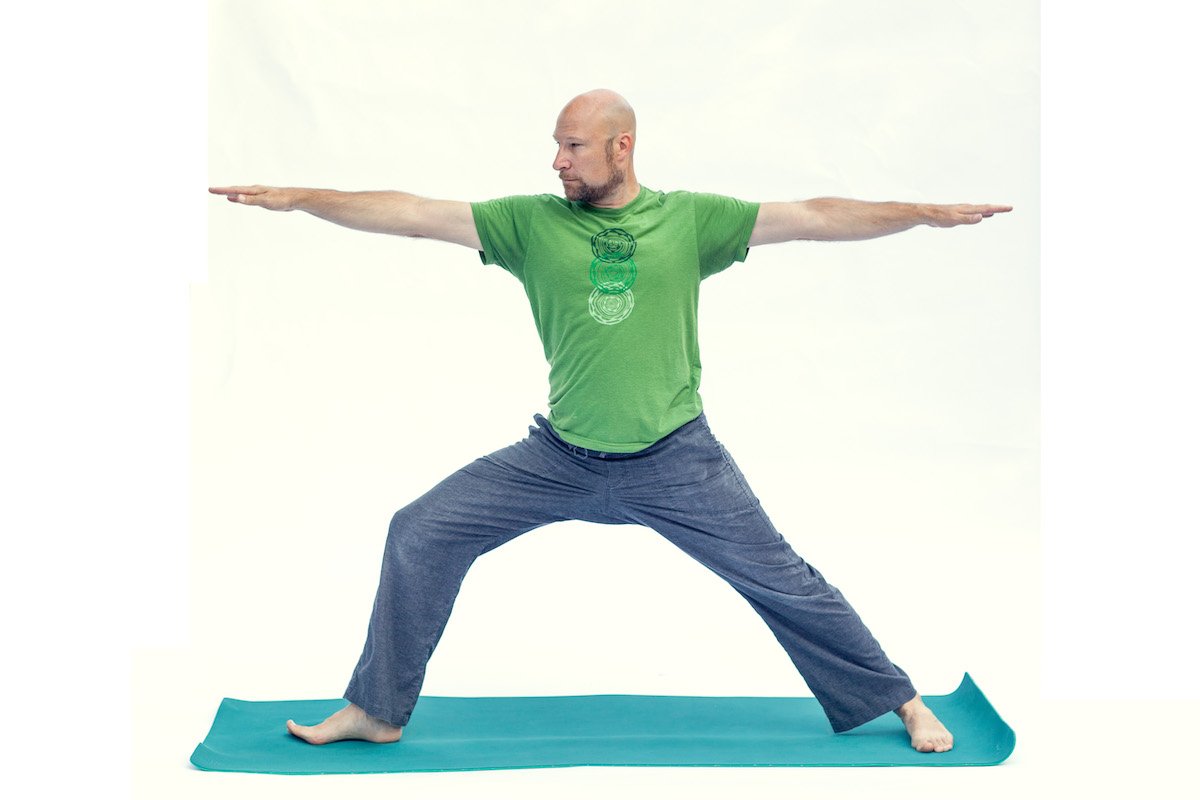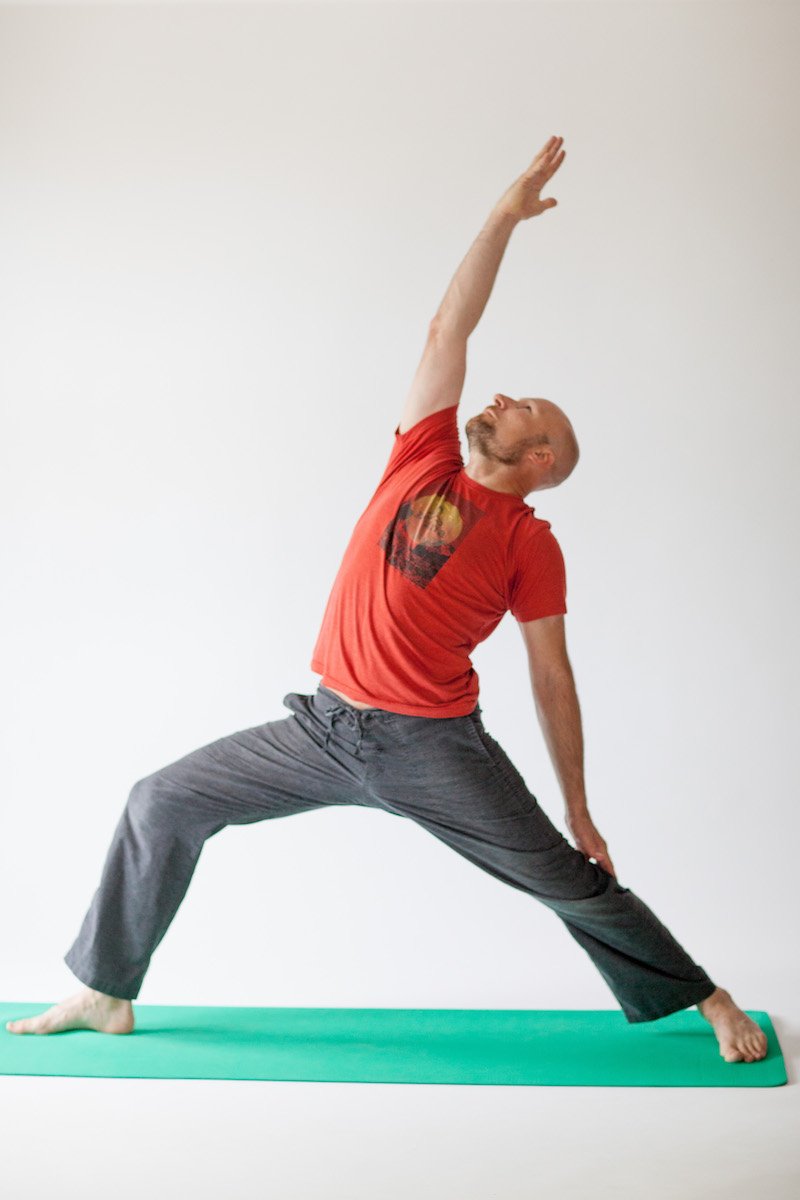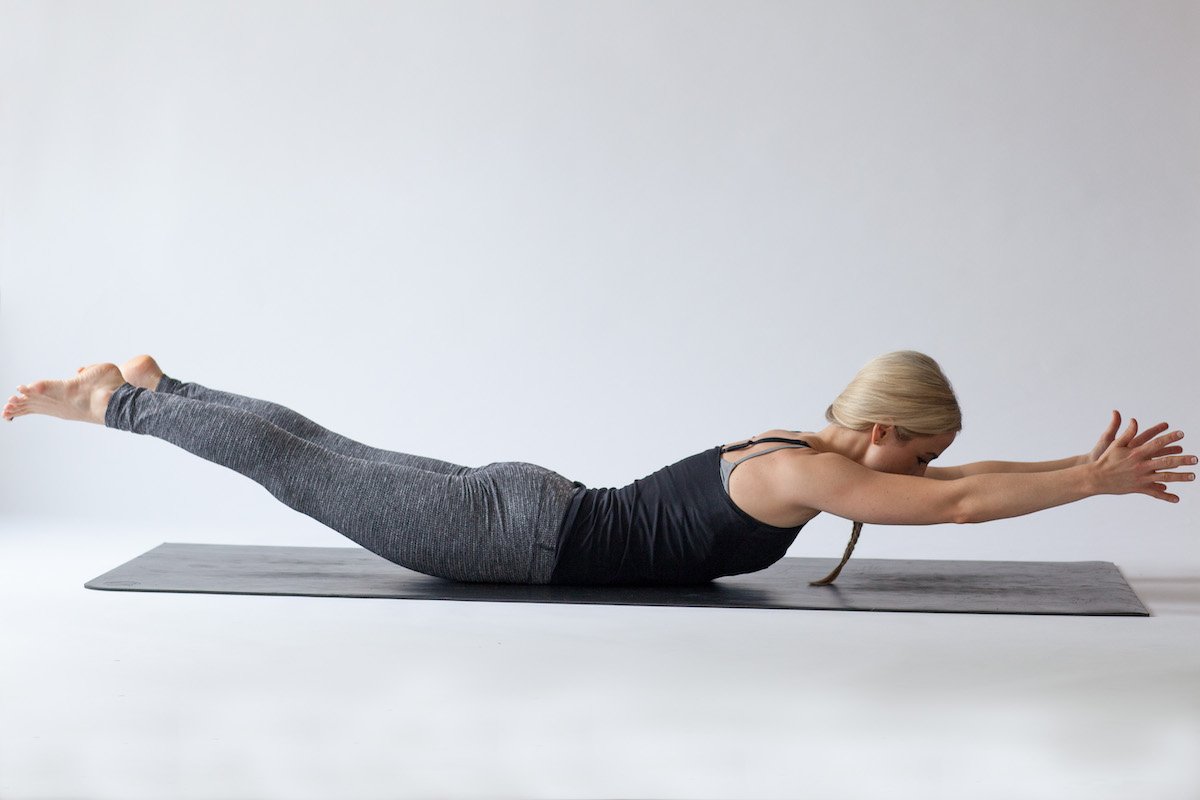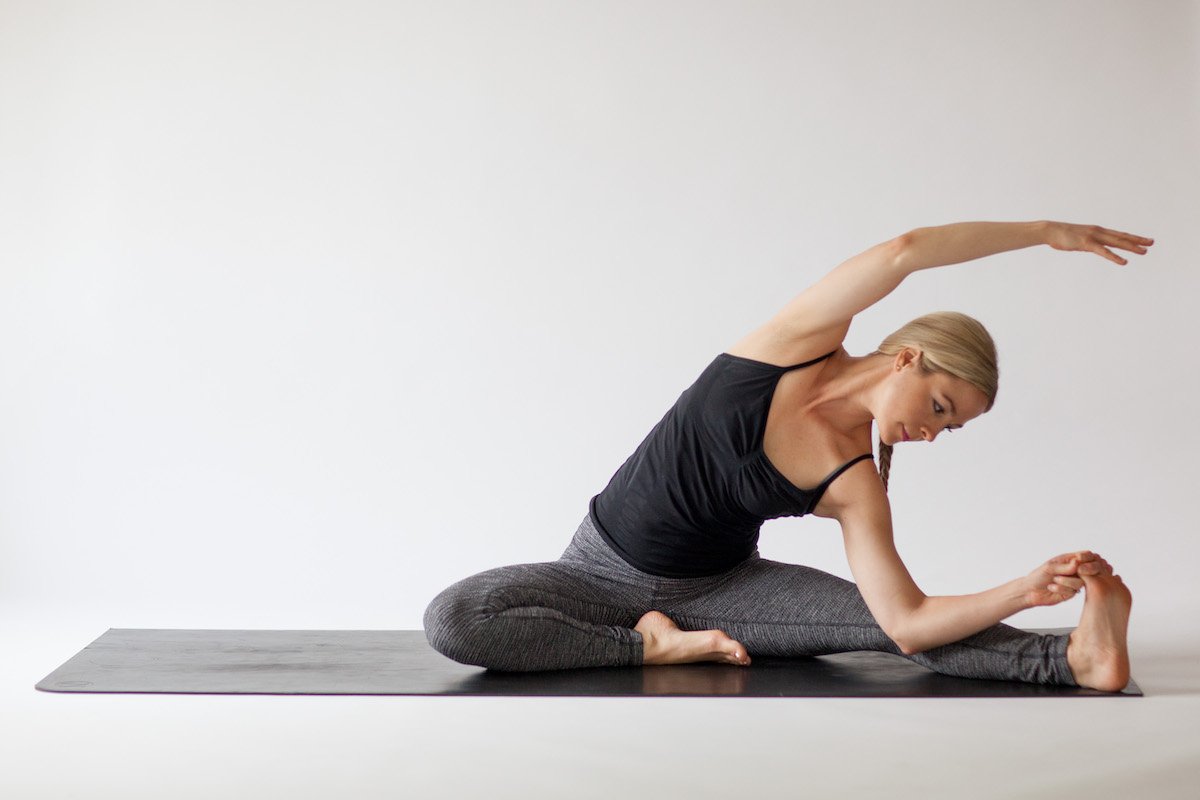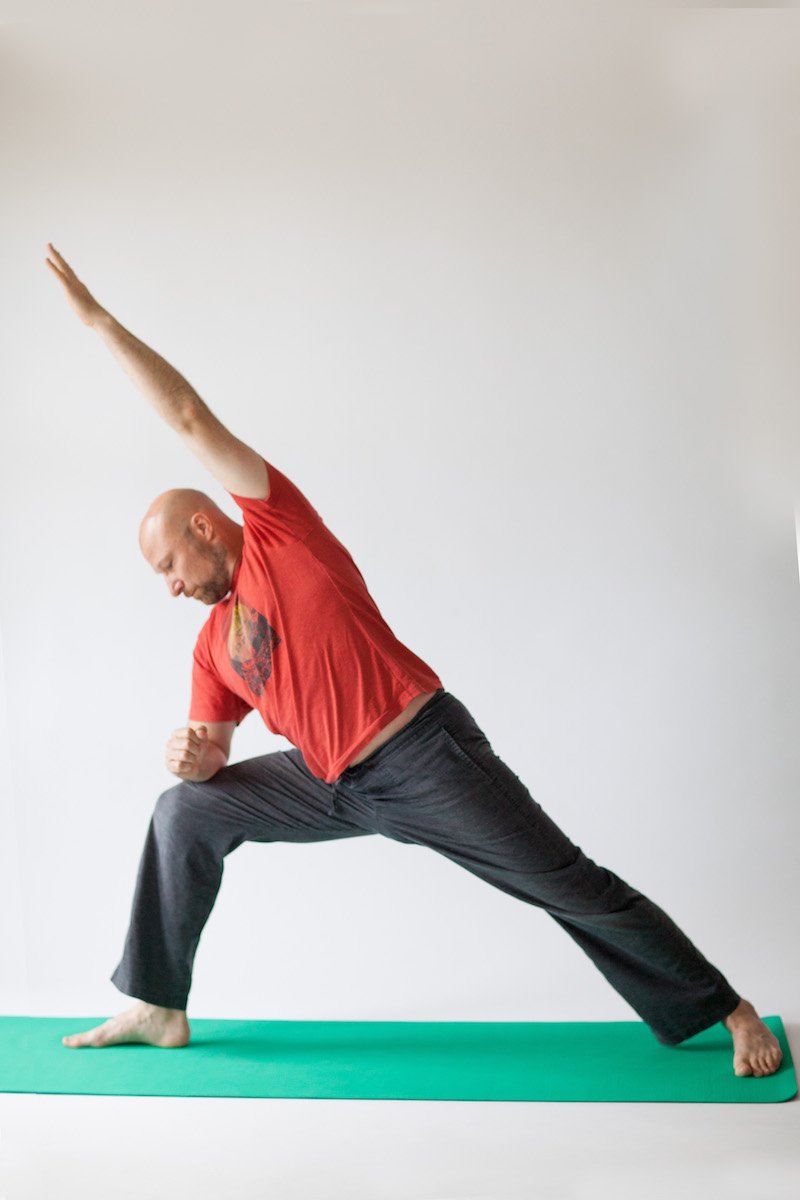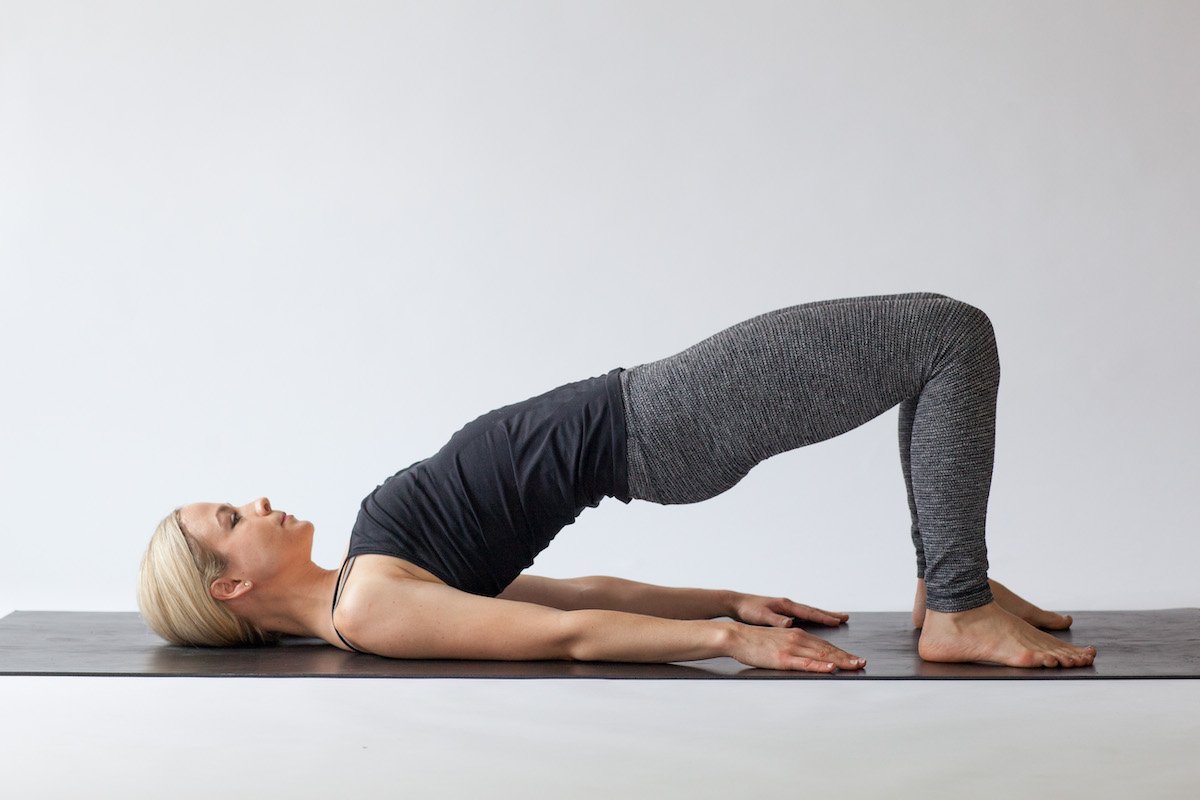According to the National Golf Foundation, nearly 25 million people played golf in the United States in 2020. That’s roughly 8 percent of the total population of the U.S., and numbers show that the sport added over 500,000 more participants from 2019 to 2020. Though the median age of individuals who play golf is 54, statistics show that six million of the nearly twenty-five million players were between 18 and 34 years old. It doesn’t seem that the activity will be slowing down anytime soon, especially as we come out of the pandemic, which appears to have added more players to the sport. The NGF reports that around 77 percent of golfers are male, leaving female golfers to make up only a little more than 22 percent. Though this seems like a massive gap between genders, the number of female golfers is rising. NGF reports that 3 million of these people are new golfers, playing on a golf course for the first time (a record-breaking number of new players), with women numbers on the uptick. Another stat that the NFG shows is that millennials and that Generation Z are picking up the golf clubs and heading out onto the course. Statistics show that a little over three million are junior golfers, and almost six million individuals playing today are young people between the ages of eighteen and thirty-four.
So as more people add golf to their activity schedule, we should look at what muscle groups are used in the golf game to generate more power for their back and forward swing.
Upper Body: The pectoralis, biceps, sternocleidomastoid, serratus anterior, rotator cuff, upper trapezius, and rhomboids.
Torso: The obliques, transverse abdominus, and lattissimus dorsi.
Lower Body: The quadriceps, hip flexors, glutes, hamstring, and calves.
When all these muscles are stable and strong, you will have a balanced golf game every time you walk onto the course.
I understand that every golfer wants to do all they can to improve their game to avoid frustration and injury on the golf course. To assist my clients and those looking for a leg up in their game, I’ve created a specific yoga sequence to help strengthen and stabilize the body to improve their golf game.


